Discover 5 reasons why the Fullmetal Alchemist: Brotherhood anime is better and 5 others why the 2003 anime is superior.

Few anime franchises have sparked as much debate as the two renditions of Fullmetal Alchemist: the original in 2003 and the 2009 remake titled Brotherhood. While both adapt from the same manga, they are distinctly different.
Fullmetal Alchemist: Brotherhood stays truer to the source material created by Hiromu Arakawa, while the 2003 version diverges into its storyline after a point. Due to this, fans have had several heated discussions on which one trumps the other.
To help settle the arguments, here are five reasons why the Fullmetal Alchemist: Brotherhood anime is better and five others why the 2003 anime is better.
5 Reasons Why Fullmetal Alchemist: Brotherhood Is Better
As the second-highest-rated anime of all time on MyAnimeList, Fullmetal Alchemist: Brotherhood is a series beloved by every viewer. It is a faithful adaptation of the manga, remade by Studio Bones. Hence, here are five areas where it stands atop the 2003 version of the Fullmetal Alchemist anime:
1) Animation
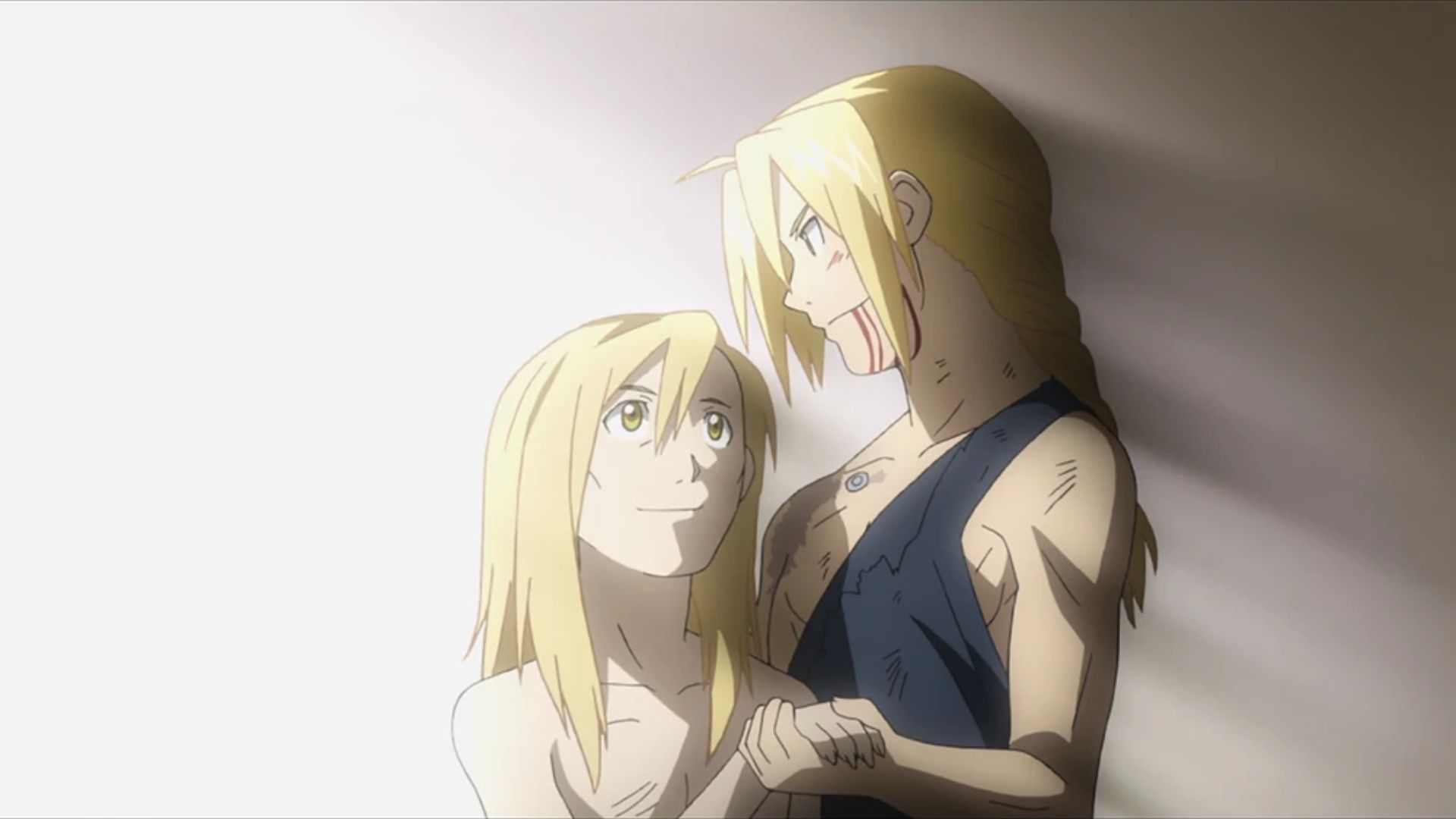
Fullmetal Alchemist is a rare series where both versions of the anime are made by Studio Bones. Brotherhood, which came out in 2009 has one apparent advantage over its successor – access to superior animation technology.
As a result, Fullmetal Alchemist: Brotherhood’s visuals are stunning, fluid, and enhanced. The color palette adds life to the series, while dynamic alchemy-based battles are detailed and immersive. The characters’ facial expressions are sharper and more expressive, which helps convey emotional intensity.
The 2003 version of the anime had great animation for its time but still suffers from the limitations of its period. It feels choppier at certain moments, and the battles aren’t quite as electrifying. Hence, those who appreciate high-quality animation will notice the superior standard set by Brotherhood.
2) Worldbuilding
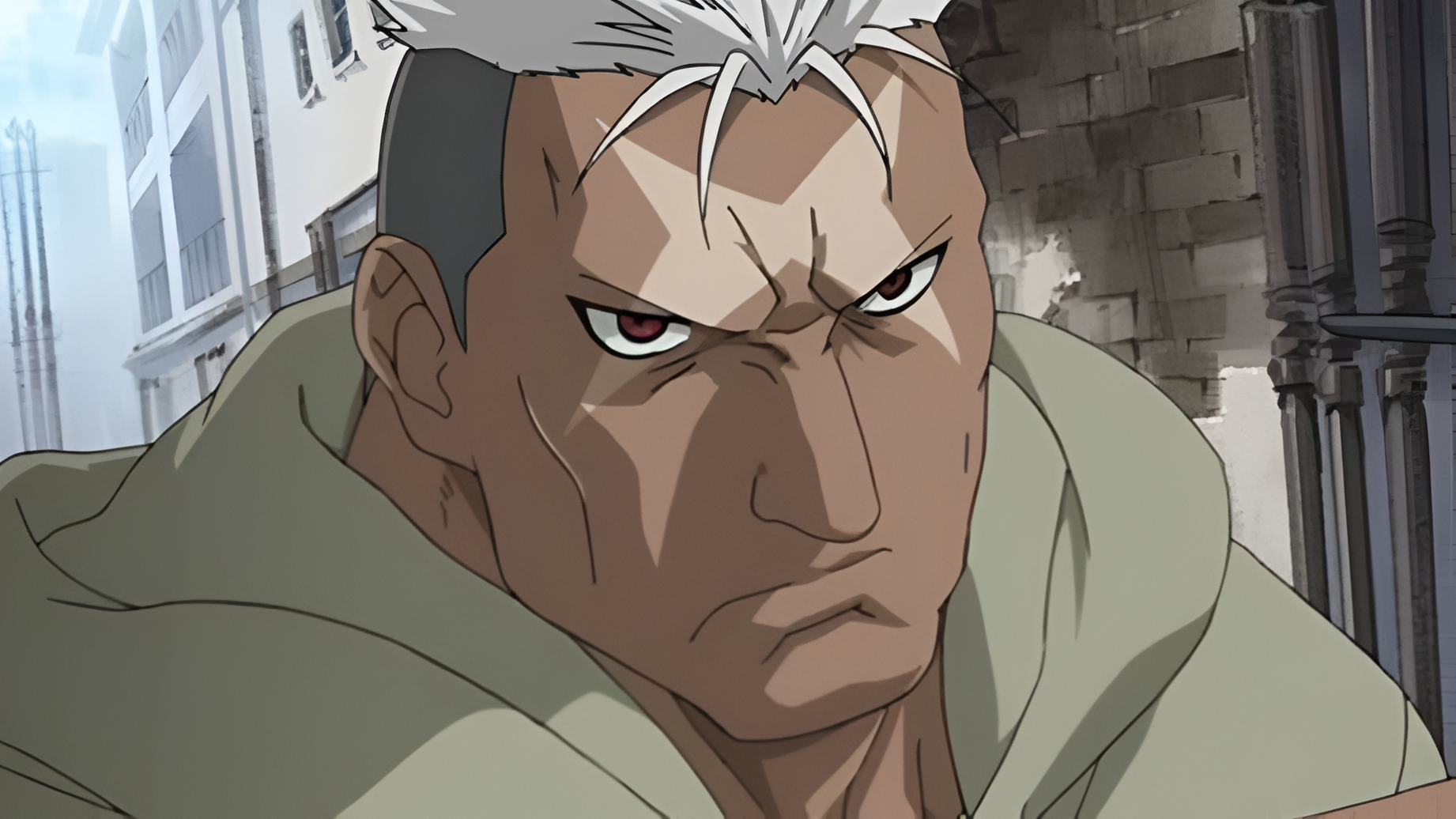
As we have seen, Fullmetal Alchemist (2003) only adapts from the manga to a certain point. This is because the original story hadn’t been completely made yet. Therefore, fans of the source and Brotherhood will notice one key difference.
This is the lack of popular locations such as Xing, the complexities of Amestris, and no mention of the shocking Ishvalan Civil War. These storylines are key to Fullmetal Alchemist: Brotherhood, helping it add to the lore of the world and the motivations of several characters.
Fullmetal Alchemist (2003) creates its own tale based on its original route, but it doesn’t feature the expansive nature of the world of Brotherhood. Hence, fans who enjoy the grandeur of Fullmetal Alchemist will find that the worldbuilding greatly complements the 2009 version’s storyline.
3) The Main Antagonist
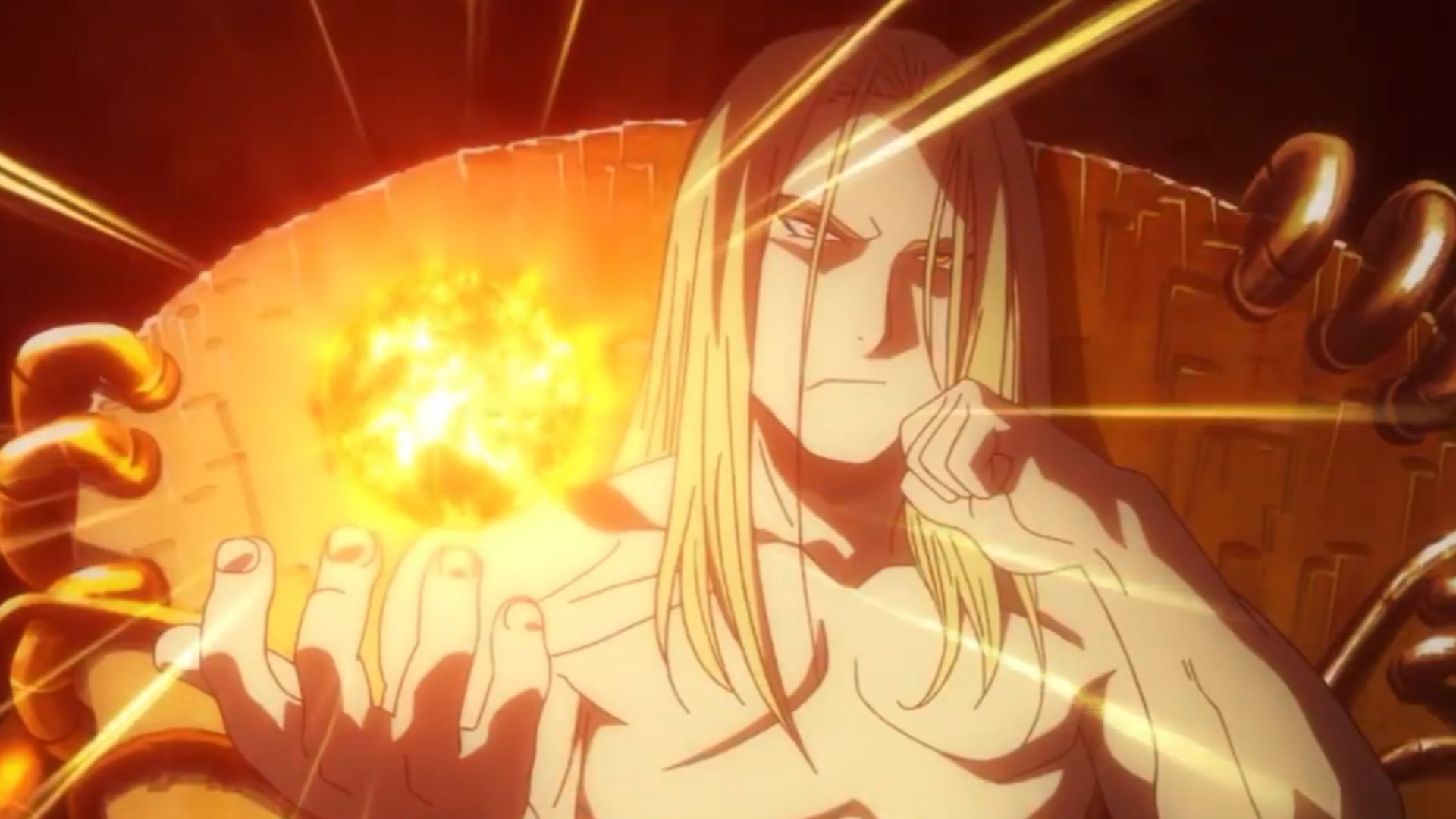
Picking up from the previous point, Fullmetal Alchemist: Brotherhood relies heavily on its history, lore, and the scale of the threat. The main antagonist, Father, perfectly embodies this.
As a being akin to a god, Father, is connected to Hohenheim as well as the creation of the Homunculi. His plan of creating a nationwide transmutation circle drives the plot forward, moving all the characters into action. Father is brutal, manipulative, and enigmatic, greatly adding to the intrigue of the series.
In contrast, the 2003 anime’s main antagonist is Dante, whose motivations surround her own immortality. She is an interesting villain in her own right but doesn’t quite leave the same impact as Father and his centuries of existence. As an antagonist, he significantly enhances the grand scope of the story.
4) Humor
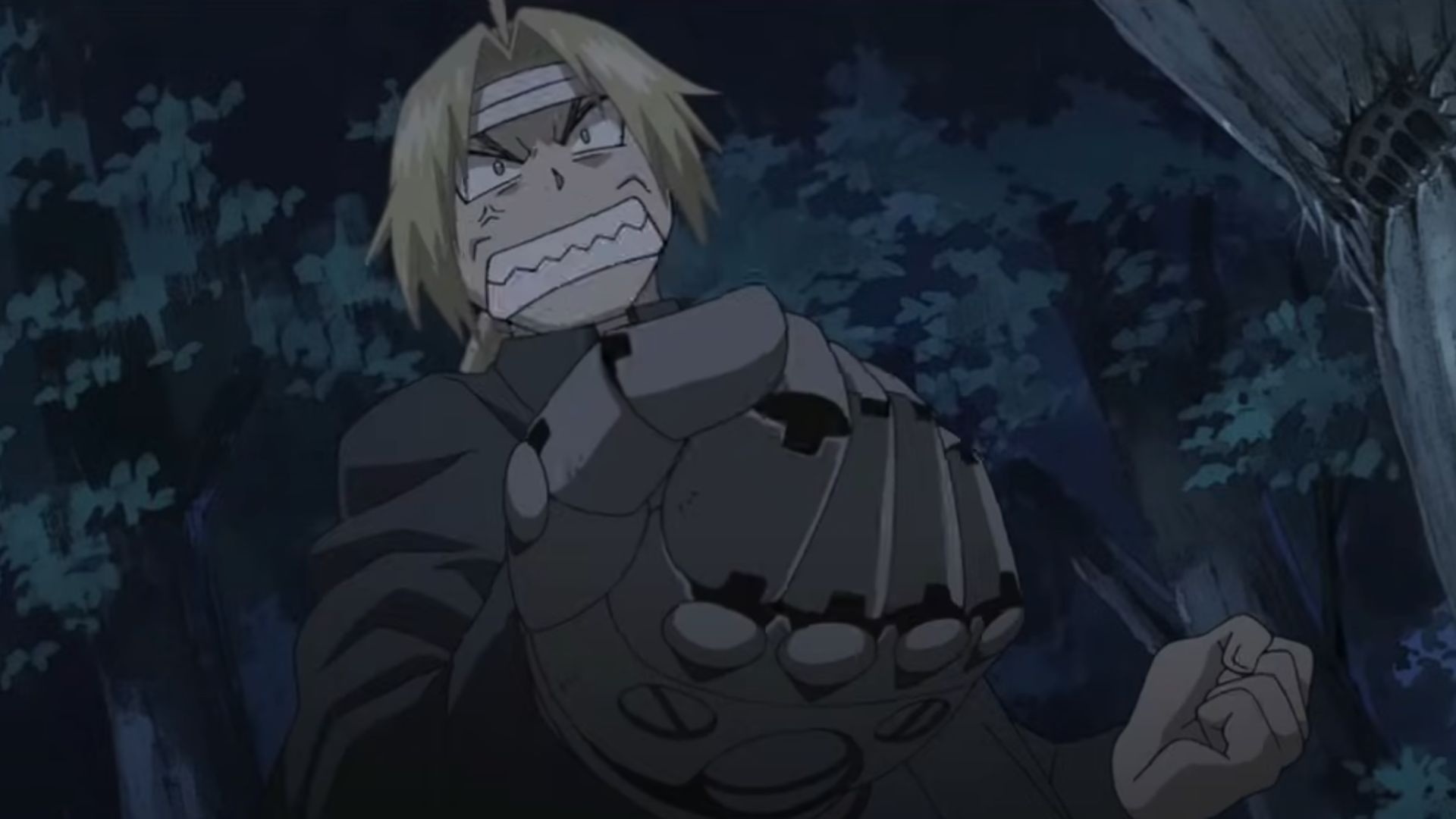
Fullmetal Alchemist: Brotherhood is an intense action and mystery series, but it also has several other genres. A noticeable one is comedy, which is used often. In times when there is no direct danger or threat, this anime helps lighten the load by providing scenes of comic relief.
Whether it be Edward and Winry’s interactions, Armstrong’s flexing, or Maes Hughes’ overprotectiveness, they add further layers to the series. It removes monotony, ensuring viewers stay engaged.
Fullmetal Alchemist (2003), though having funny moments, tone it down a lot. It is more somber and lacks the frequent comedy of Brotherhood. Hence, the shonen audience will find themselves relating to the later version better.
5) The Ending
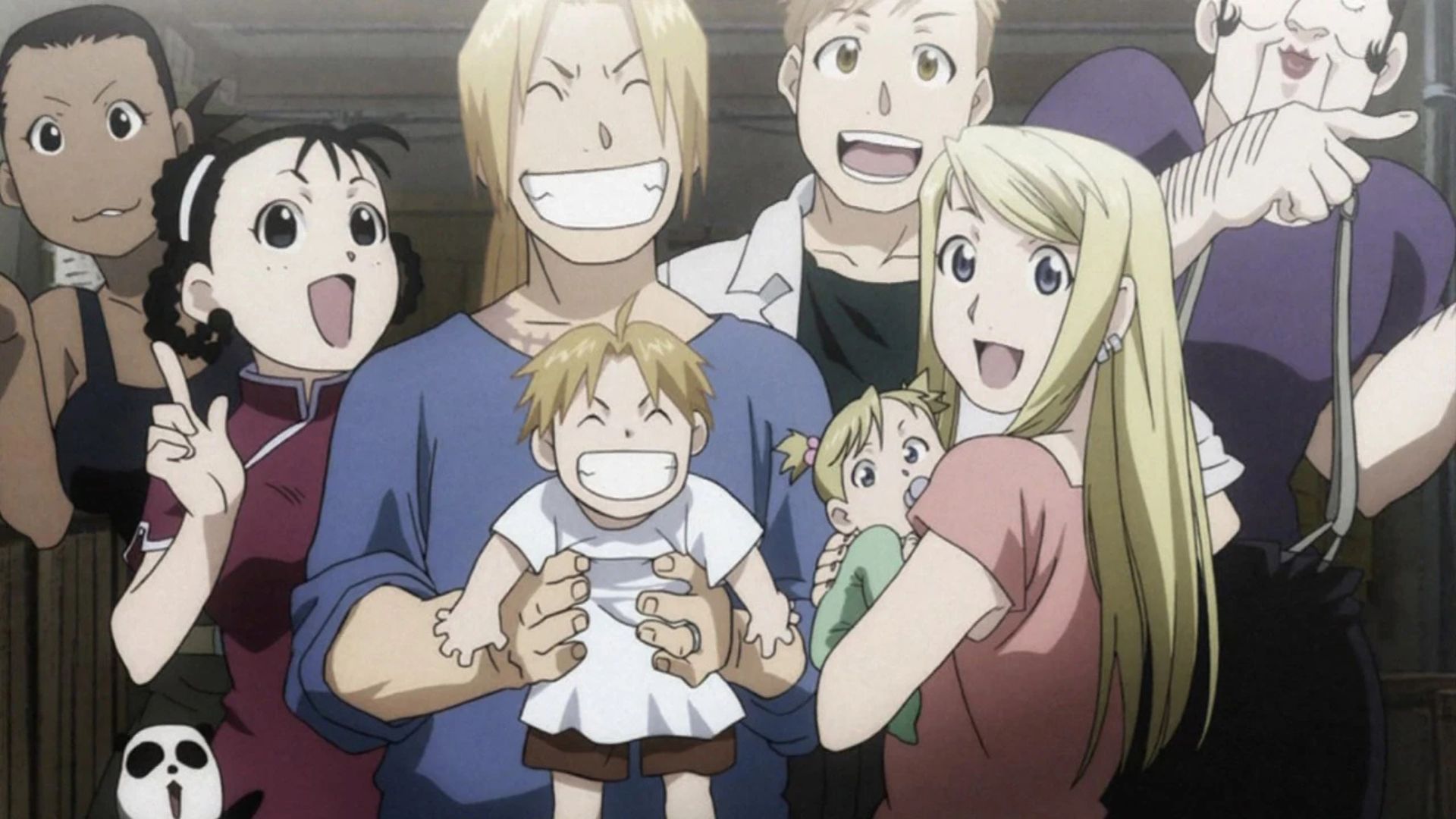
A major area separating Fullmetal Alchemist (2003) and Fullmetal Alchemist: Brotherhood are their endings. Brotherhood has one of the most memorable endings of all time, featuring a valiant sacrifice from Edward to save his brother.
It showcases a heartwarming happy ending where the day is saved and our cast lives together happily ever after. This feels very satisfactory after the troubles faced by the protagonists. It is a fitting conclusion to an epic tale, sweetened by Edward and Winry’s romantic confessions.
The 2003 anime’s ending is much more ambiguous and debated. It concludes on a confusing note where Edward is pulled across the Gate while Alphonse loses his memories. While some fans enjoy the open-ended nature of it, others find it very unsatisfying. When compared to the universally loved Brotherhood ending, there is little competition on which is better.
5 Reasons Why Fullmetal Alchemist (2003) Is Superior
Many fans believe that Brotherhood is superior simply because it perfectly adapts the manga source material. This notion is not necessarily true, as Fullmetal Alchemist (2003) offers an engrossing new version of the tale. The originality is beloved by some viewers who believe it to be the superior version. 5 reasons why this anime is better than its successor are:
1) Pacing
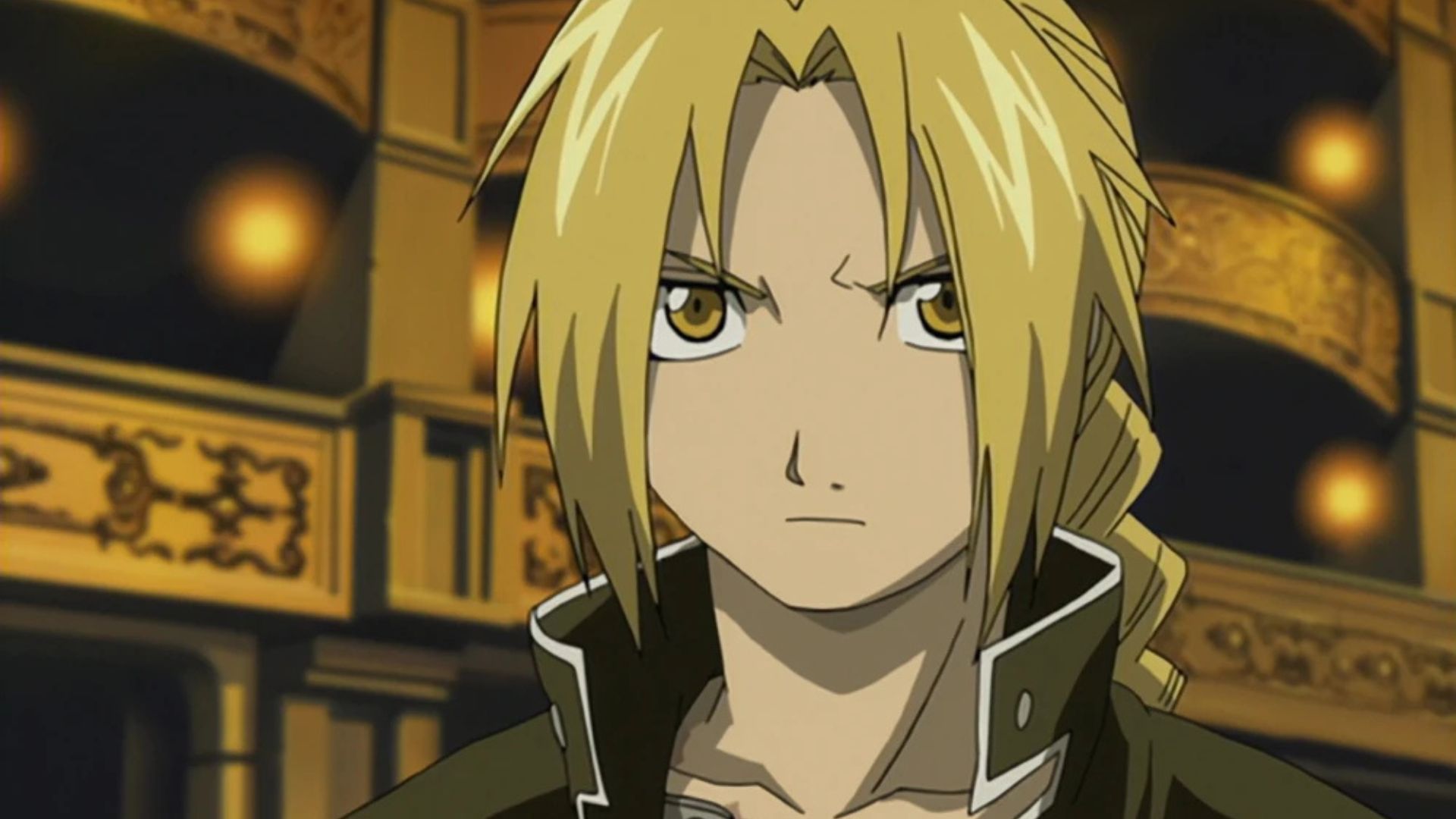
Fullmetal Alchemist (2003) is noticeably different from its successor in one key element – pacing. The anime takes a slow approach, gradually unraveling its plot while spending enough time with every character.
The series spends a lot of time with the Elric Brothers’ early interactions, detailing their struggles with alchemy and their motivations. It also unfolds more organically, making us acclimate to its world easier. This helps elevate the setting’s suspenseful nature.
Brotherhood, though eventually fixing its pacing, starts very abruptly. With little explanation of its world, it dives into a fight between the Elric Brothers and a rogue alchemist. This feels out of place and can demotivate several viewers to continue. Additionally, since Brotherhood tells a larger story, it does not spend as much time exploring each element of its setting as its predecessor does.
2) Character Development
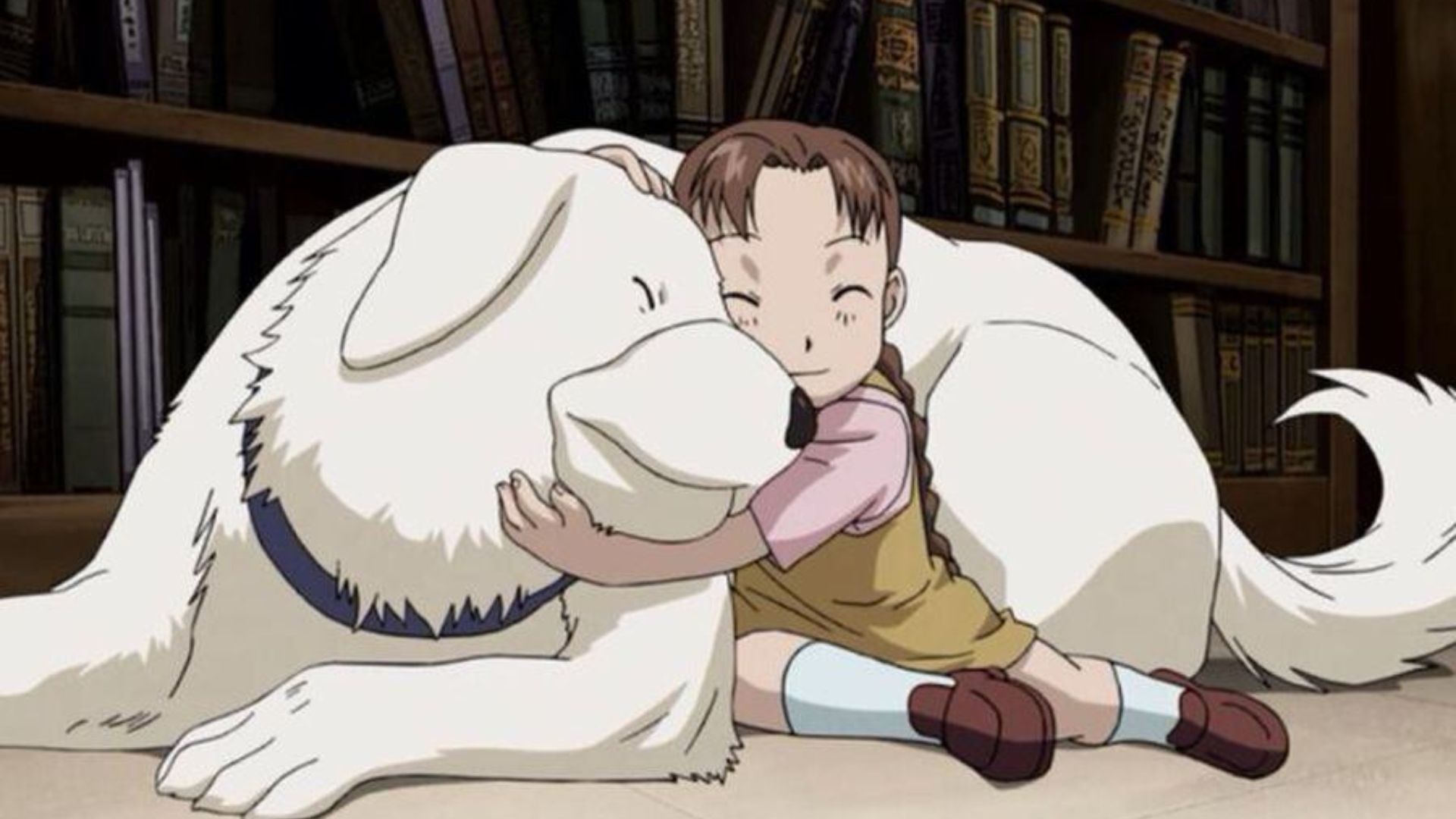
As a direct result of the pacing, the original Fullmetal Alchemist anime excels at developing several characters to a greater degree than its successor. Individuals such as Rose, Maes Hughes, and Edward himself are explored in extreme detail.
This gives more weight and relatability to their journey. Notably, the time the Elric Brothers spend with Shou Tucker and Nina is much more. Due to this, the eventual shocking twist leaves a more lasting impact.
While Brotherhood introduces new characters, such as the residents of Xing and Olivier, the original series still develops crucial characters in greater depth.
3) Darker and More Philosophical
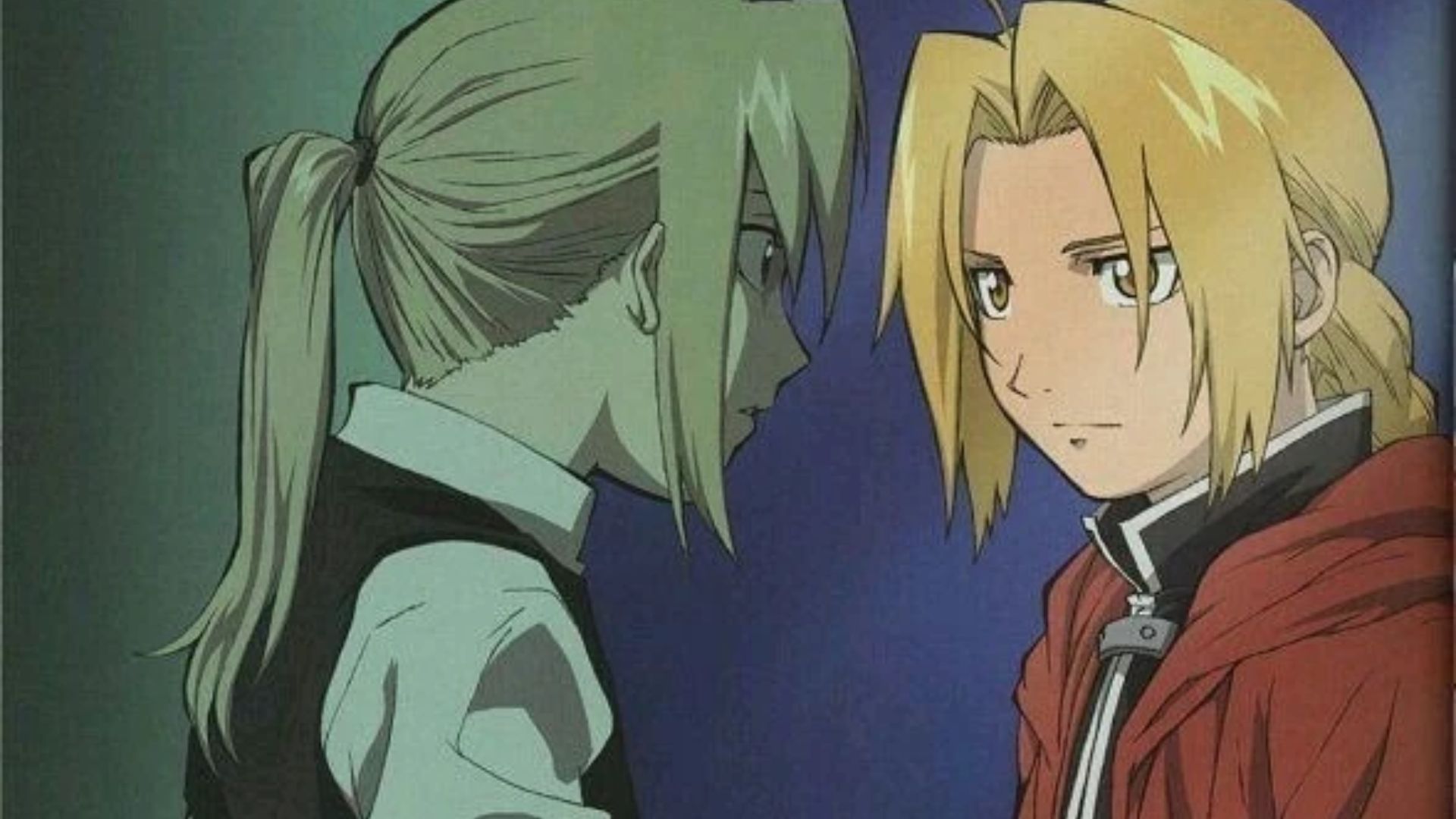
When comparing both versions of Fullmetal Alchemist, a common point of difference is their tone. As seen earlier, Brotherhood, though having its fair share of philosophical aspects, has a good balance of lighthearted moments as well.
Fullmetal Alchemist (2003) is much darker, making it a more thought-provoking experience. Questions about human ambition, the cost of playing god, and the harsh realities of sacrifice are explored intricately.
Concepts such as alchemy feel more like a cursed power with severe consequences, rather than being a power system. This helps consistently maintain the serious and unsettling atmosphere, which several fans enjoy.
4) The Homunculi
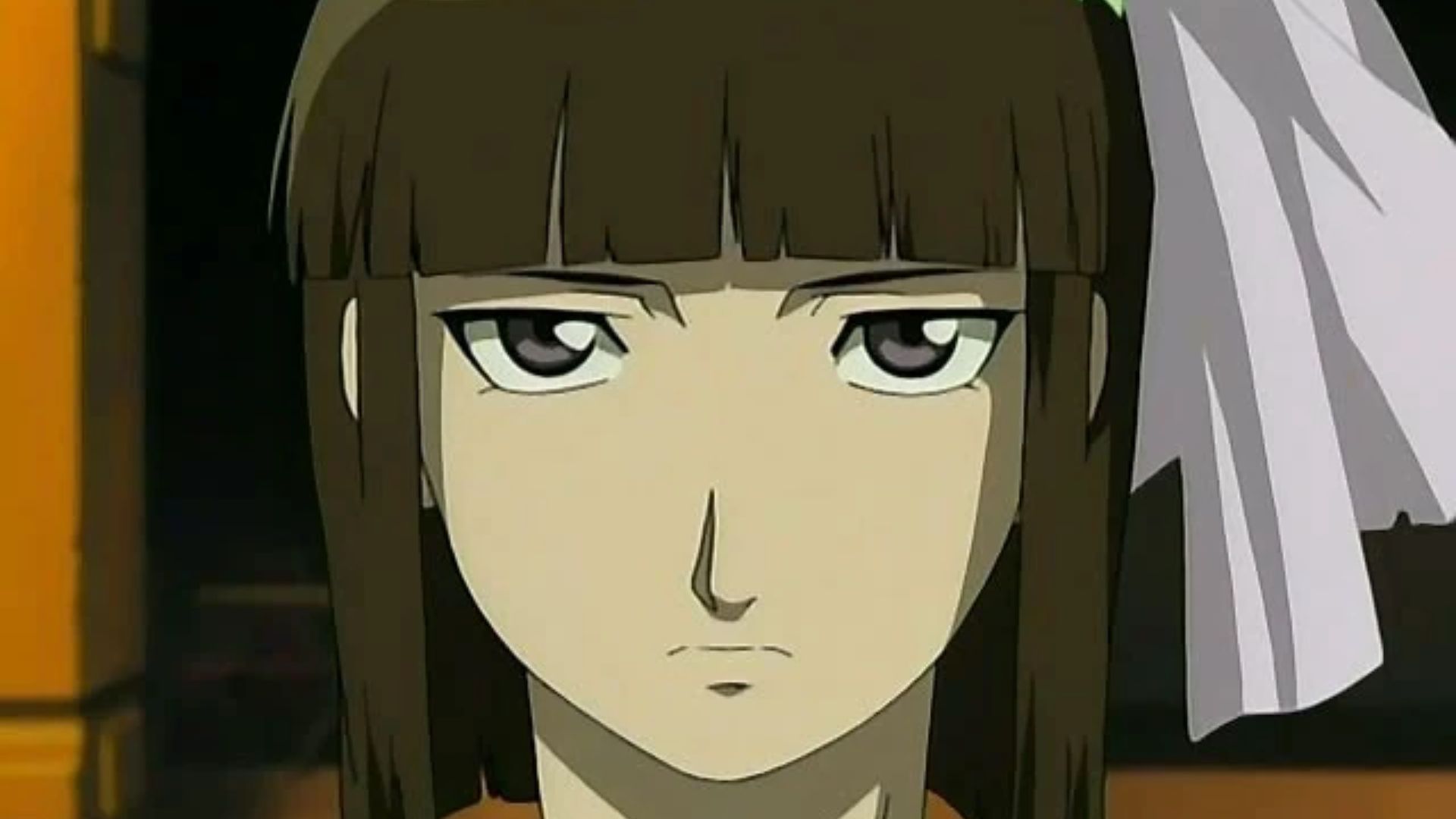
Both Fullmetal Alchemist anime deal with Homunculi in significantly different manners. Brotherhood makes it more like a shonen, where they are created by Father and serve under him as antagonists.
The 2003 anime adds a clever twist to this. Here, Homunculi are a result of failed human transmutations. This makes them tragic and personal embodiments of alchemic failures. This is best shown in the case of Edward and Alphonse’s failed attempt at reviving their mother. Brotherhood merely makes this their backstory, while the original anime makes her Sloth, one of the primary antagonists.
Similarly, Wrath is a twisted version of Izumi Curtis’ child. Through this, Homunculi becomes much more unique than simply being a villains. They are sympathetic and complex, driven by their circumstances. This is an alteration from the source that most fans appreciate. They also believe it fits the story more than Brotherhood’s version.
5) Maturity
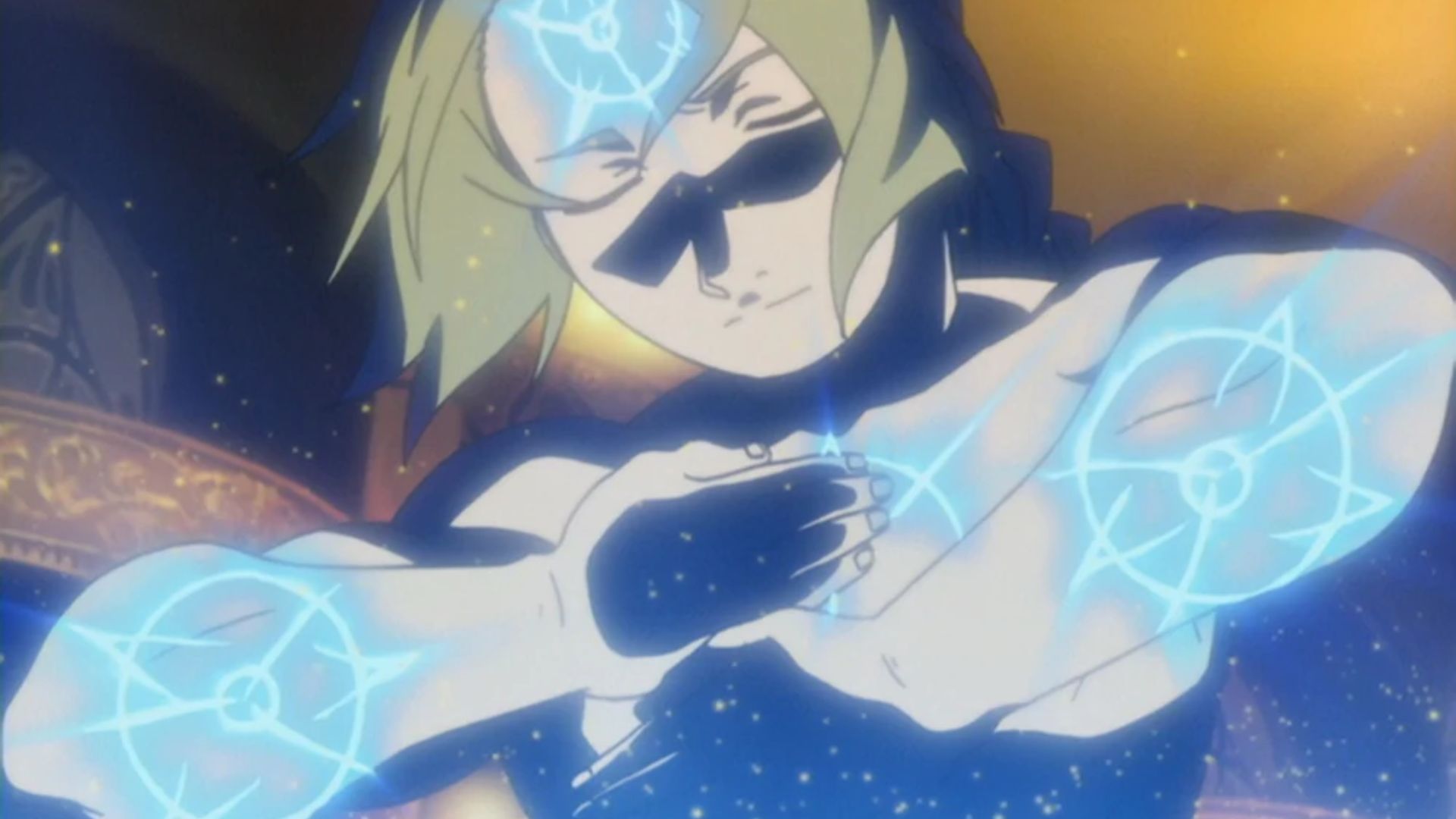
From all the points listed so far, it comes as no surprise that Fullmetal Alchemist (2003) is a much more mature story. Brotherhood is a classic shonen tale of tragedy, redemption, and hope, while the 2003 version is melancholic and deep.
Right and wrong cannot be defined easily in this version, especially because of how the villains are created. The grim atmosphere, moral dilemmas, and ambiguous ending only intensify this further.
Many fans love this—believing it sets Fullmetal Alchemist (2003) apart from all other anime. This makes it more similar to a seinen series than a shonen, perfectly fitting the story’s turbulent world.
Looking For More?
Thank you for reading the article. We provide the latest news and create guides for Baldur’s Gate 3, Starfield, ARK Survival Ascended, and more. Also, watch Deltia play games on Twitch or visit his YouTube channel!
 Reddit
Reddit
 Email
Email